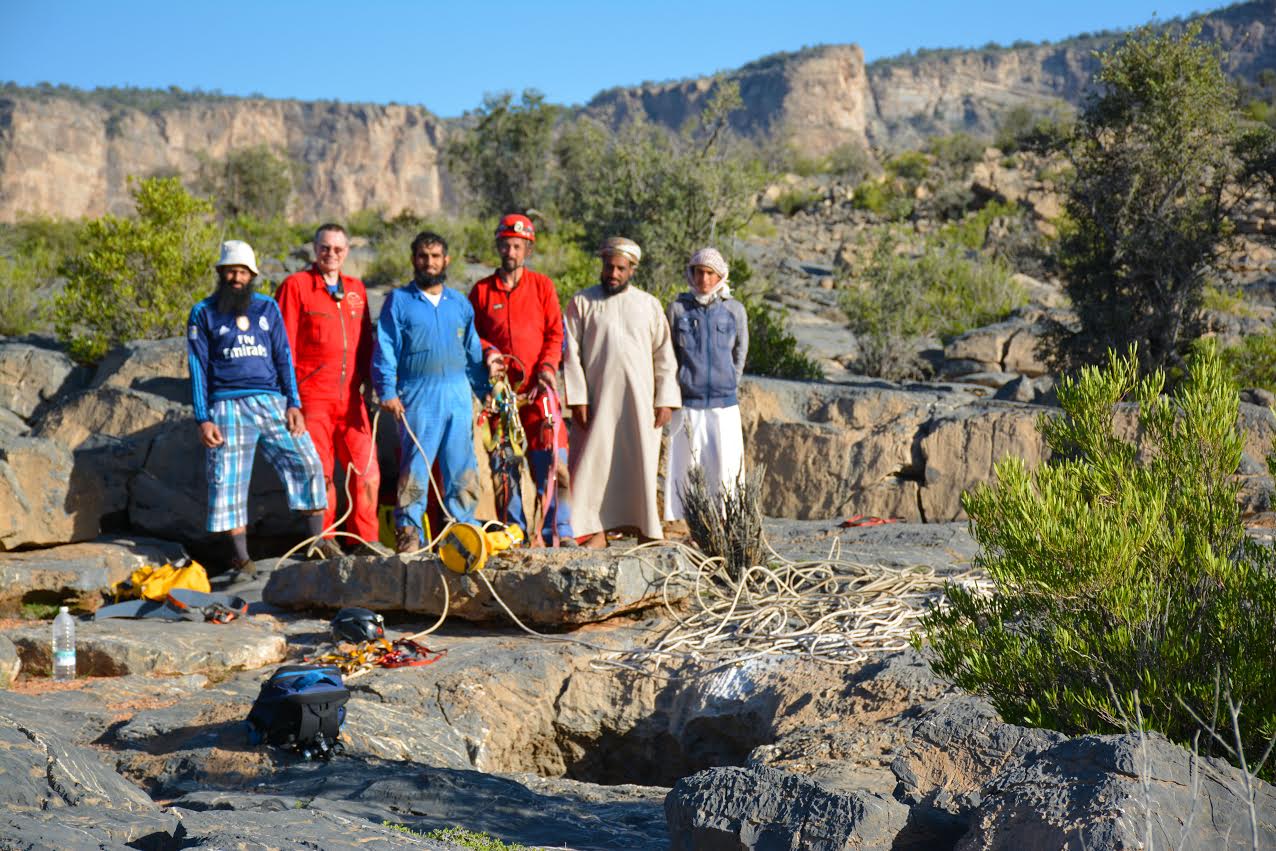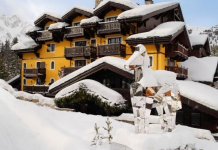A group of geologists who are based in Oman and Germany, have recently discovered two new caves in Jebel Al Akdhar mountains, with the help of villagers. The caves are around 40 meters below the ground. The German geoscientist and lecturer at the Department of Applied Geosciences at GUtech, Matthias López Correa, was part of the team. In Oman this is the first cave discovery he has undertaken along with Omani colleagues, among them Dr. Mohammed al Kindi the former president of the Geological Society of Oman (GSO). Last weekend the entrance to the new cave named “Khislat Hayl al Diyar” has been closed in accordance with ministry officials to protect its pristine and beautiful formations.
In an interview Matthias López Correa pointed out his concerns for the protection of this fragile environment inside our Earth. “I think the cave is one of many caves to be discovered in the area. However, despite the beauty of the cave it is very important to mention that a cave is a highly vulnerable environment that needs to be protected,” he said while adding that only experts who have the right equipment should access the cave and not the general public.
The delicate dripstones and crystals inside the caves have been formed over 1.000 or 10.000 years and hence need to be protected from too many visitors, which could destroy them very quickly. Thus he believes that public awareness and geological education is important, according to the motto: “What you know and value, can be protected”.
According to the researcher, caves are fascinating features that host important archives about our climate and can help understand past climate change. “They explain a lot about the history of the landscape and the uplifting of mountains,” he said. The drip stones were formed by rain water from rain fall on the plateau, which disappeared through faults and cracks inside the stones and dissolve the limestone on the way. This dissolved calcium carbonate formed beautiful crystals or other formations. Usually small insects and other animals like bats nest inside caves as well.
Matthias López Correa has been involved in cave research since his childhood in the South of Germany. Later on, during his studies at university and over the years he has been involved in international cave research including the survey of the Ghar Alisadr in Iran, a 13 km long cave.
Geologists who explored new caves in Jebel Al Akdhar call for their protection
To report this post you need to login first.






